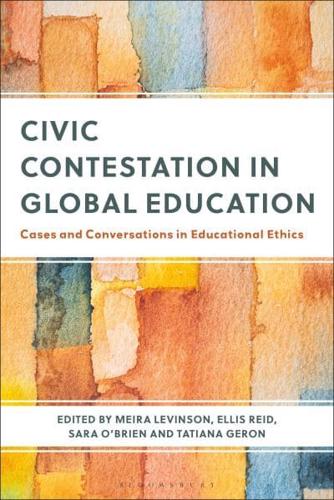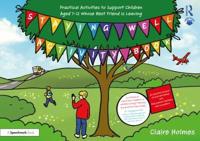Publisher's Synopsis
Civic Contestation in Global Education takes readers into classrooms and schools on the front lines of civic education in pluralistic and divided democracies. The book offers eight case studies of educators and policy makers wrestling with schools' civic and ethical responsibilities around the globe. Examples of the case studies include teaching critical consciousness in an Anti-CRT state, religiously sensitive satirical cartoons and radical extremism, and accommodating religion in schools. Each case is followed by a model conversation among diverse participants based in Australia, Canada, Germany, The Netherlands, South Africa, Spain, the UK and the USA. The participants include scholars, activists, teachers, students, parents, and community leaders from across the political spectrum. Each chapter includes discussion questions and suggestions for further reading. Taken together, these cases and conversations provide readers critical resources both for deliberating about the ethical challenges facing schools in a time of civic disruption, and for charting a path toward a more just and democratic future worldwide.
In a German classroom, a student eagerly shares Querdenker conspiracy theories (analogous to QAnon) during a class discussion, doubling down on the importance of "critical thinking" and "looking at all the evidence" when challenged by teachers and classmates. How should his teacher respond? In Madrid, two 12 year-olds spend the weekend convincing a peer to text them a topless photo that they then circulate to their classmates. What responsibility does their school have, if any, to address this out-of-school violation of trust and digital citizenship norms? In Iowa, parents and legislators raise concerns about "critical race theory" being taught in K-12 schools, while in Toronto, a school faces public backlash over constitutionally-permitted accommodations it has made for Muslim students to pray after lunch on Fridays in the school cafeteria. What steps might school leaders take next to respond to public concerns while also supporting the students in their buildings? More case studies and resources can be found at justiceinschools.org.









